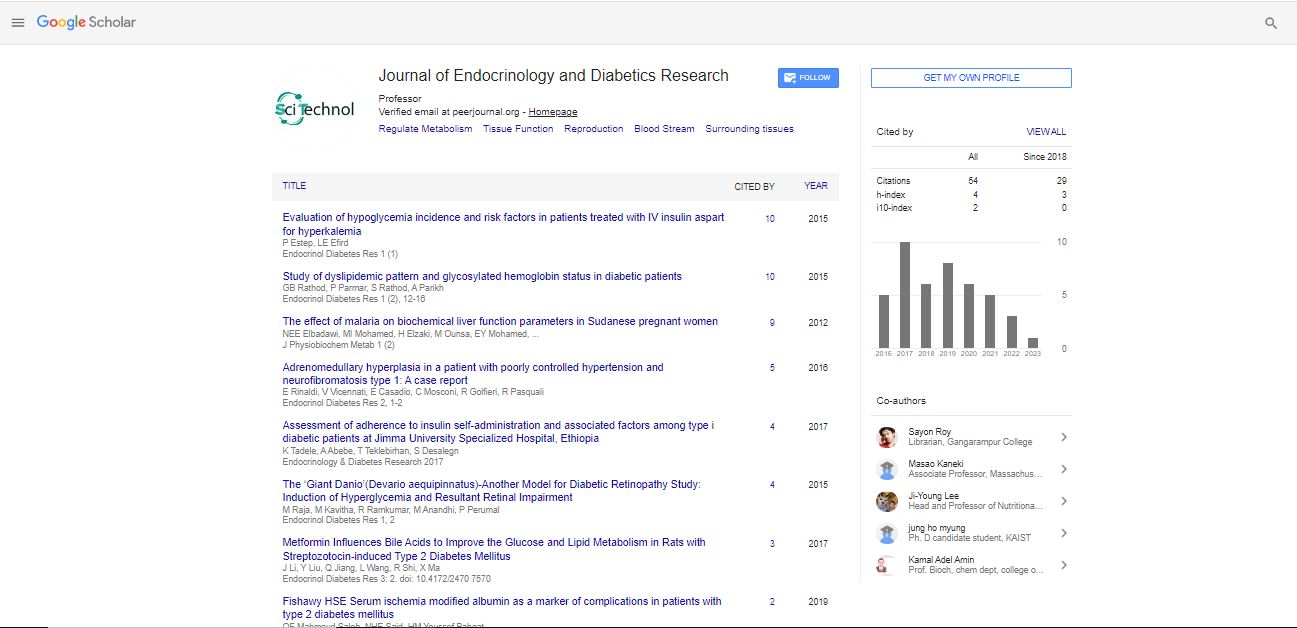Research Article, J Physiobiochem Metab Vol: 3 Issue: 1
The Evaluation of the Effects of Nafenopin Treatment on Human Urinary Bladder Cancer Cell Line Ubl4 by Comparative Assays Kwabena Justice
Abstract
The Evaluation of the Effects of Nafenopin Treatment on Human Urinary Bladder Cancer Cell Line Ubl4 by Comparative Assays
Ligands of peroxisome proliferator activated receptor PPAR, can direct a broad spectrum of cellular activities such as cell growth, suppression, proliferation, apoptosis, morphology and differentiation. In this report, the effects of nafenopin, a PPAR ligand on human urinary bladder cancer cell line UBL4 was evaluated by comparative assays. The presence of CYP 1A1 by western blot immunoassay in UBL4 cultures but not in AH5736 cultures confirms the authenticity of the UBL4 culture and its greater capacity to metabolize exogenous compounds. Again, UBL4 has constitutive expression for all the PPAR variants PPARα, PPARβ, and PPARγ which, was comparable to the levels present in the human prostate cancer PC3/LNCaP cell lines. Treatment of UBL4 and PC3/LNCaP cell lines with nafenopin led to increases in all PPAR variants. However, PPARγ was completely depleted in UBL4 cell line after the treatment whilst the level increased more than 1.07-2-folds in PC3/LNCaP. There were also corroborative increases in catalase activity in all treatment cultures. Phase contrast microscopy monitoring of the cell lines showed the transformation of the PPARγ depleted UBL4 cell line from the usually dense and polygonal-shape of UBL4 cells into less dense and oval-shape cells containing storage granules at the confluent stage with no floating cells in the culture. Since nafenopin did not deplete PPARγ nor alter morphology of PC3/LNCaP cell lines we conclude that the lowering of the morphologic qualities of the UBL4 cells and the depletion of PPARγ at the confluent stage may constitute a pattern of nafenopin-induced transformation of UBL4 cells.



